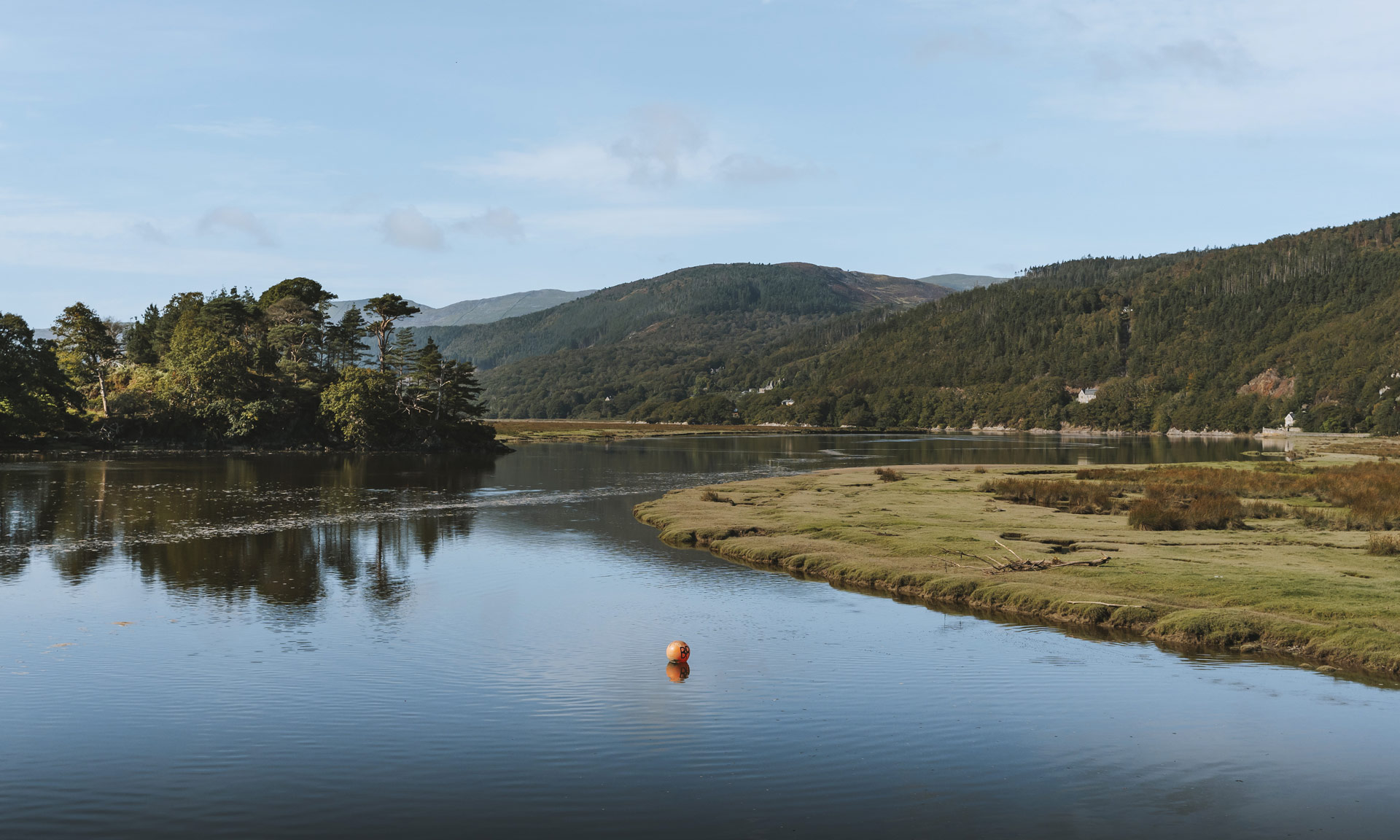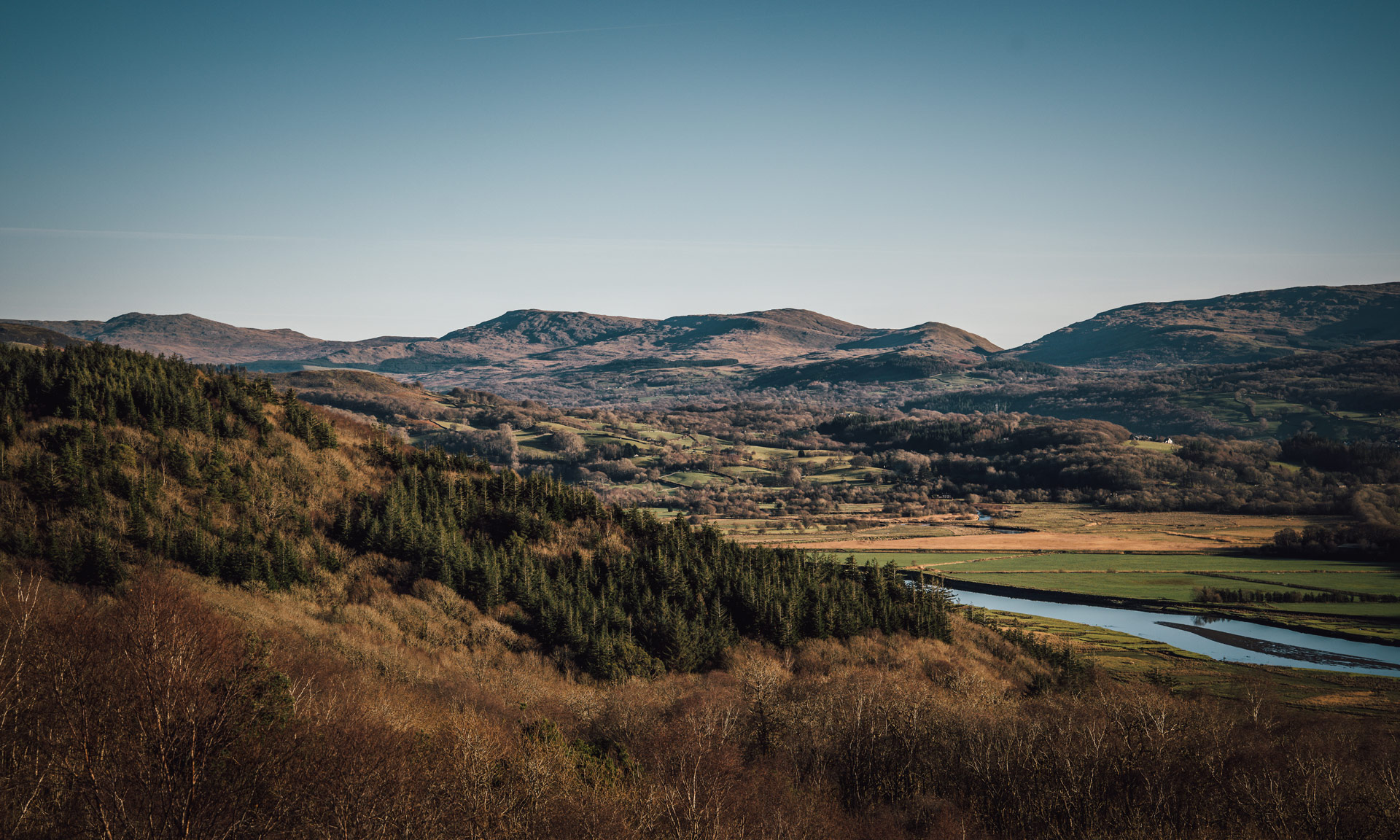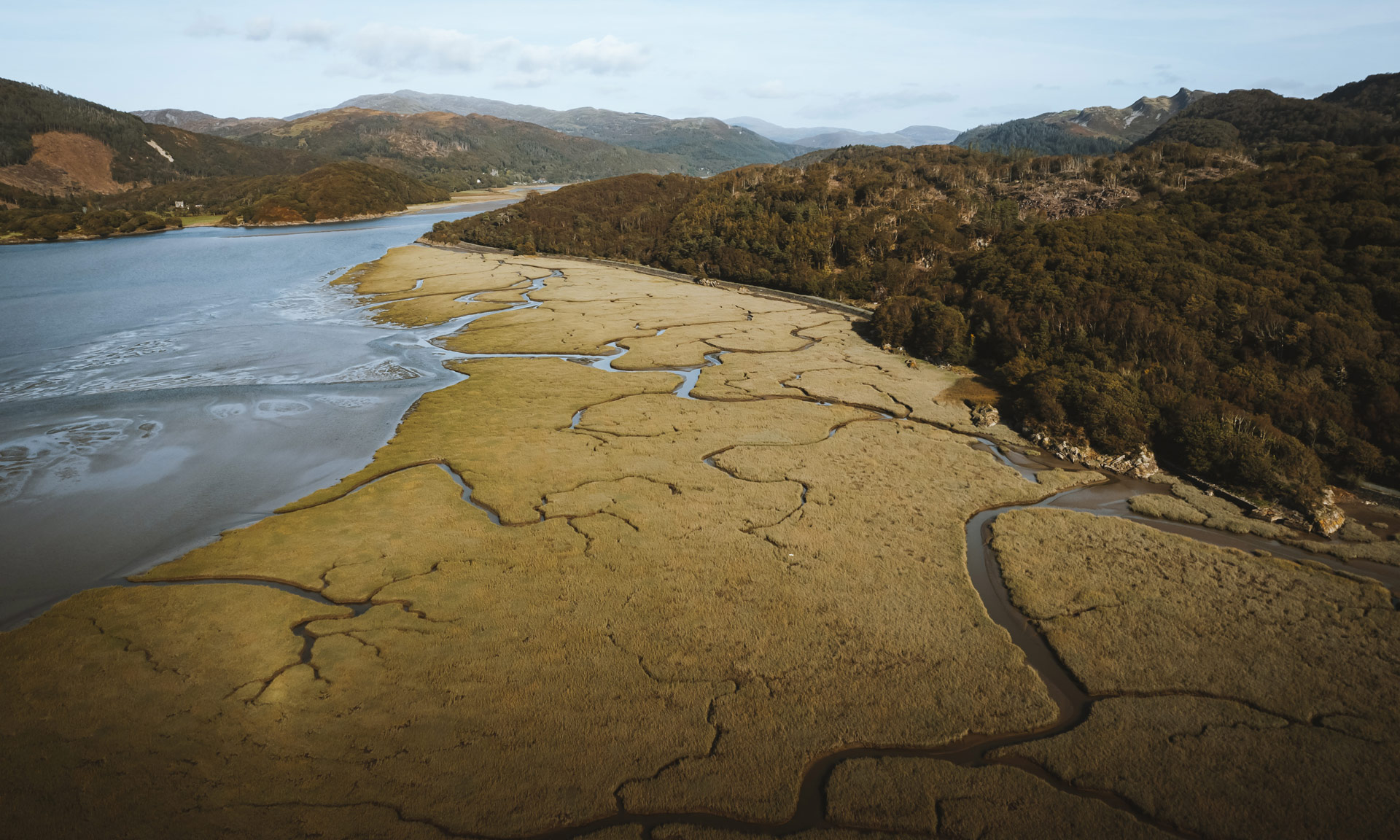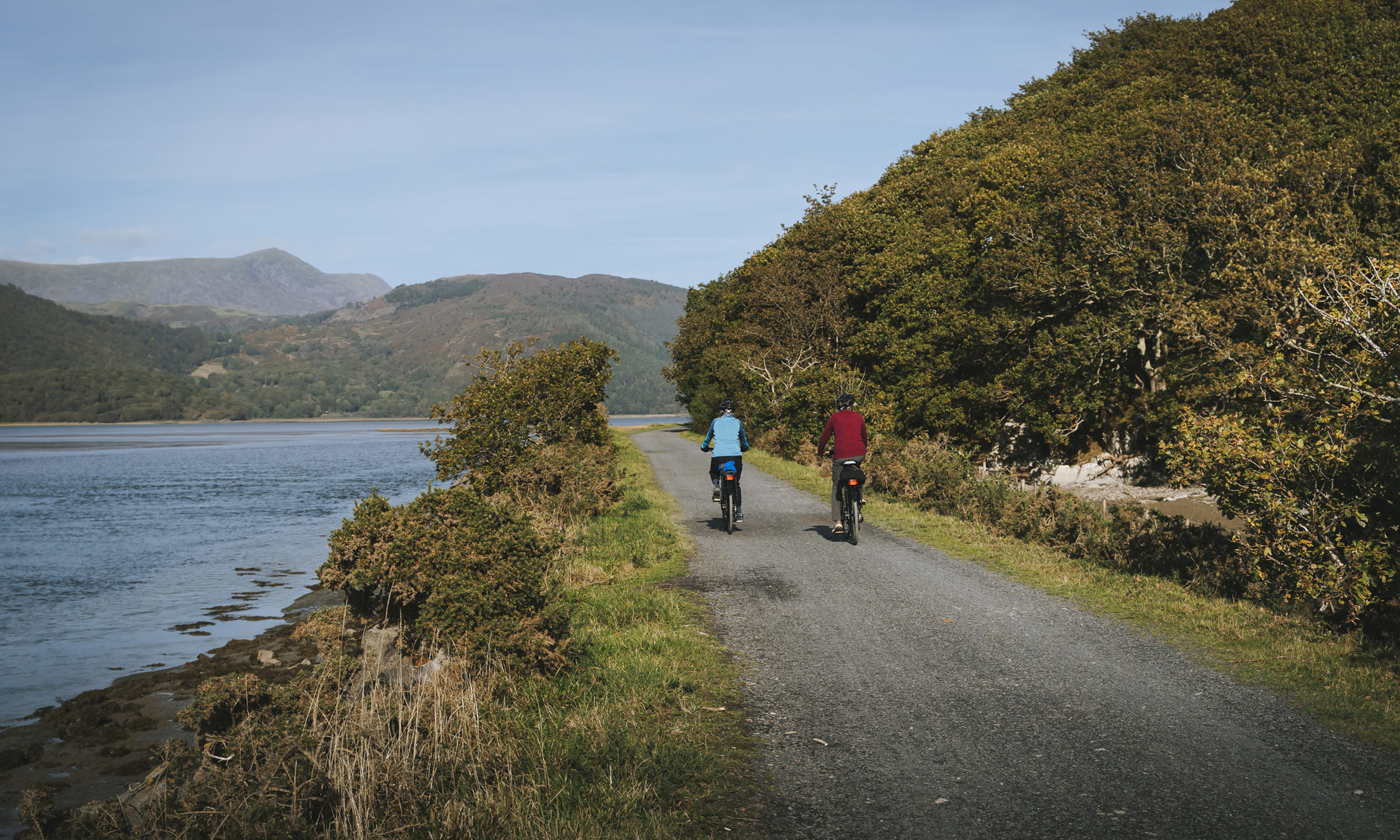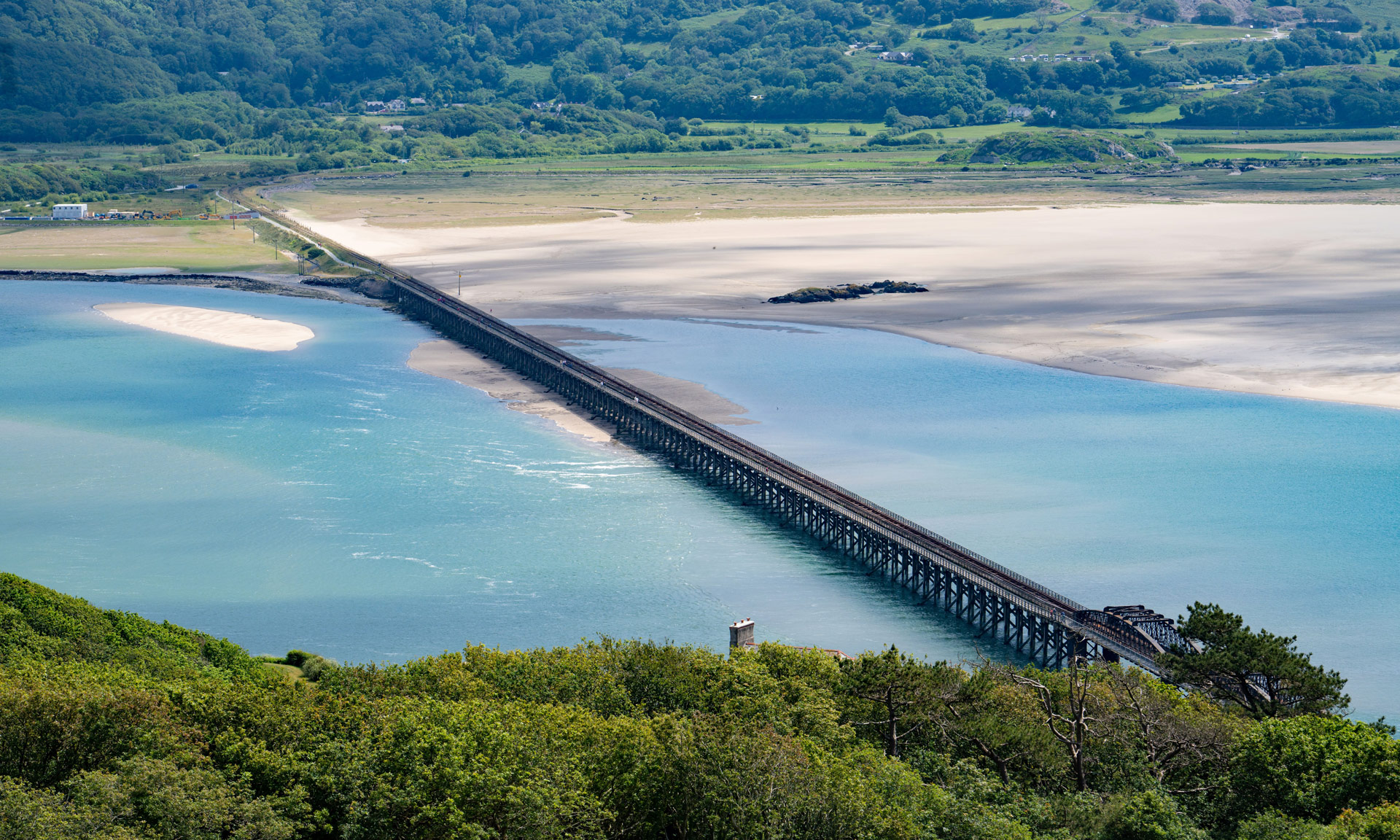Beginning at the village of Bontddu, this route will lead you along woodland trails, calm streams and grassy meadows until you reach the historic Clogau gold mine.
Exceptional views of the mountains of southern Eryri and the far-reaching Mawddach estuary is another reason to venture along the route.
The main attraction of this path is undoubtedly the industrial heritage gem that is Clogau gold mine. Eryri’s rich industrial past is one of its unique qualities, and Clogau is an inherent part of that heritage.
Clogau is a fantastic option for those at the beginning of their journey to discover the industrial history of Eryri.
© Crown copyright and database rights OS AC0000825604. Use of this data is subject to terms and conditions.
The National Park Authority has categorised this route as a moderate route. It is suitable for people with some countryside walking experience and a reasonable level of fitness. The terrain will include some steep or unsurfaced paths in the open countryside. Walking boots and waterproof layers are essential.
Start/Finish
Lay-by at Dolgellau end of Bontddu off the A496
Relevant Map
OS Explorer OL23 (Cadair Idris & Llyn Tegid)
You can reach this route by bus. The T3 bus service running between Barmouth and Wrexham will stop at ‘Bontddu’.
T3 Bus Service (Transport for Wales website)
If you are driving, always park in designated parking areas and never in places where you block entrances to fields or residential areas.
Parking: Lay-by at village of Bontddu
Stay safe and help protect the countryside by reading the information about safety and following the Countryside Code.

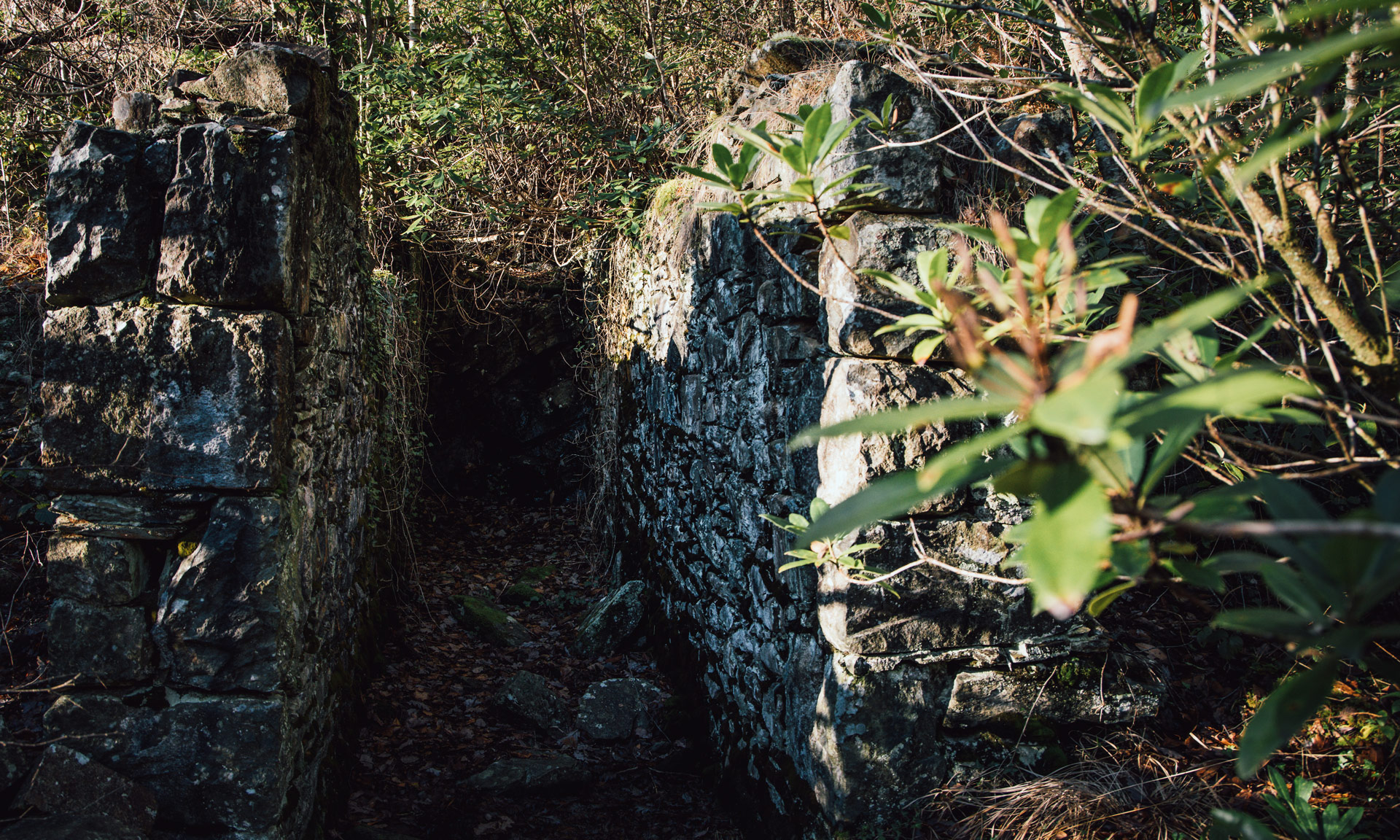
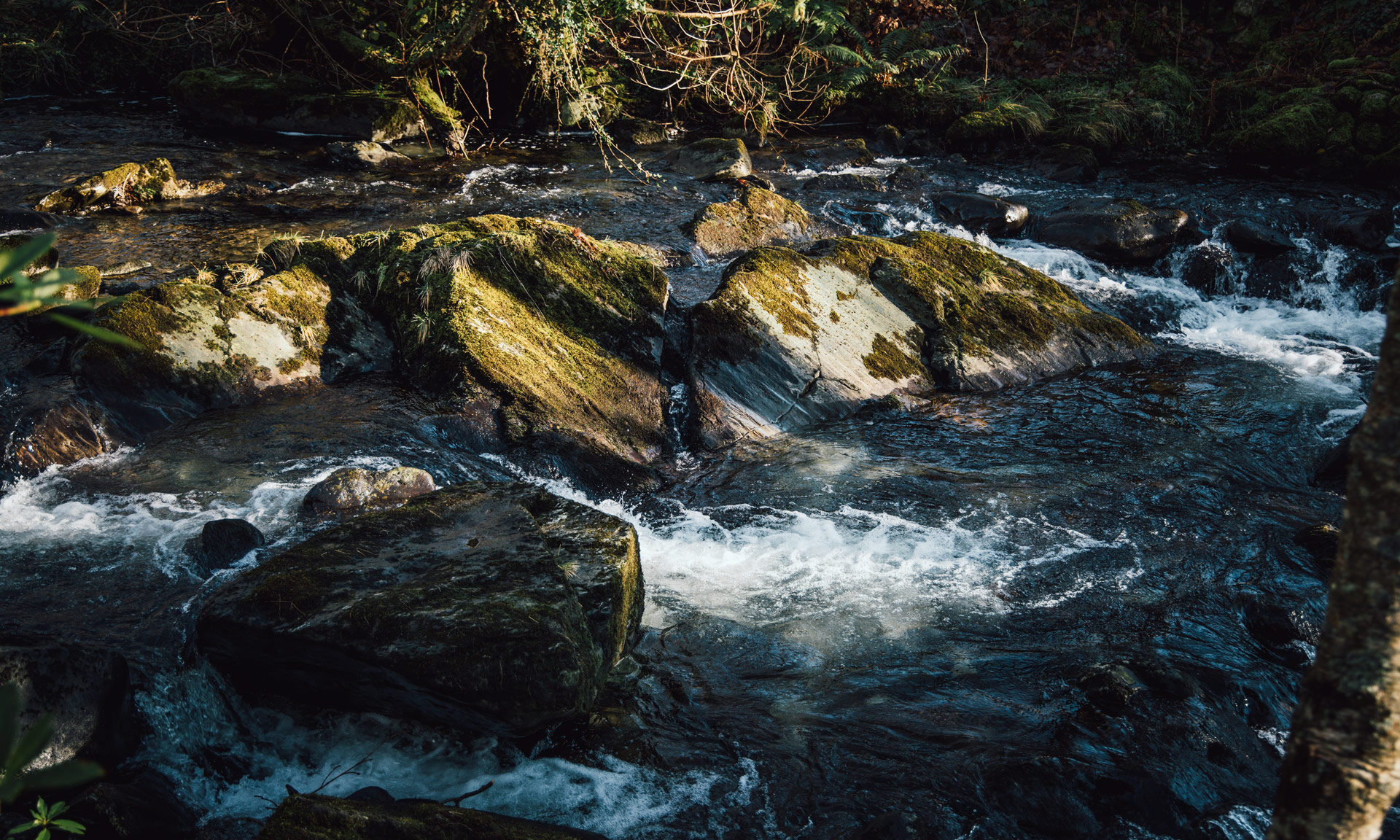
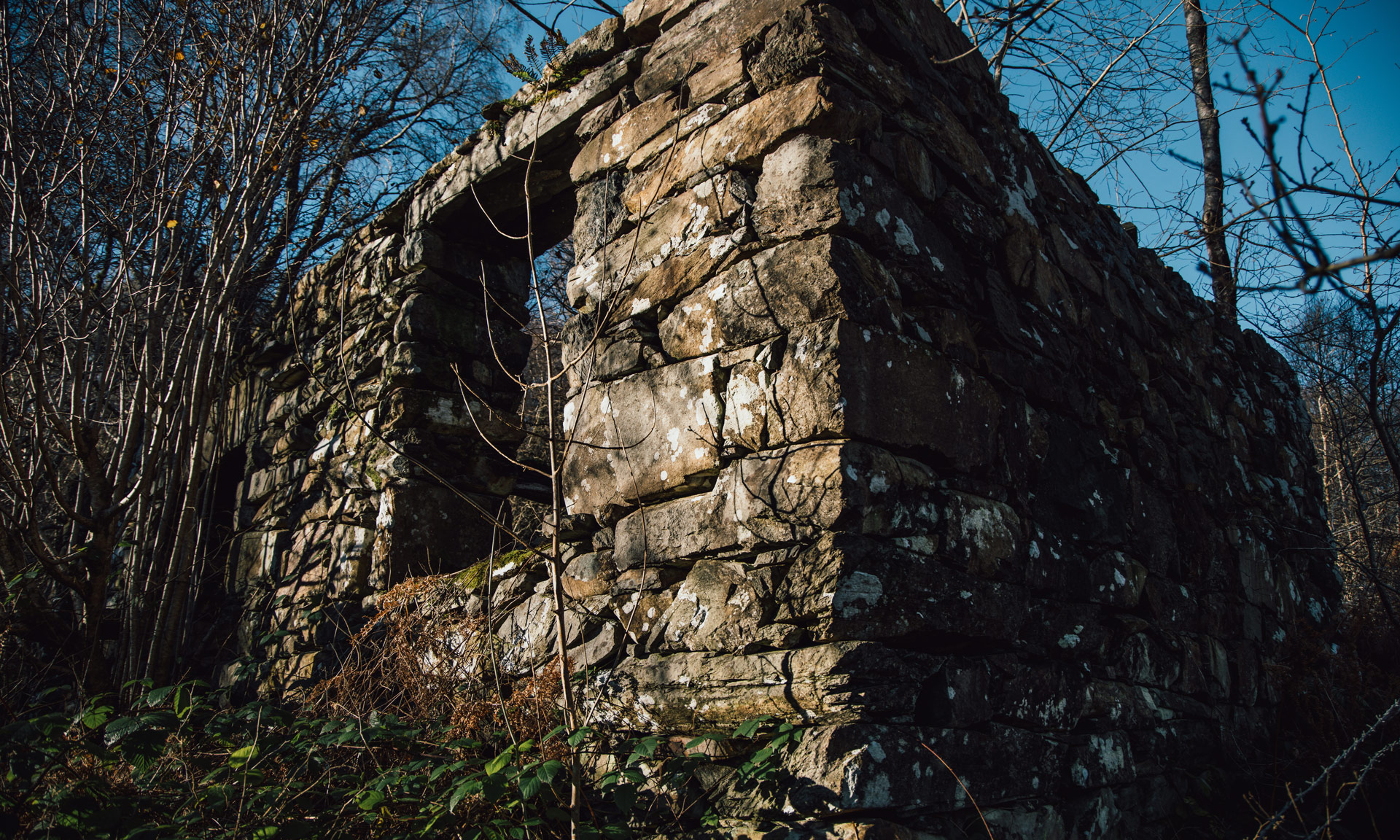
The Clogau mine was once the largest and most productive gold mine in the area. Miners quarried over 165 tonnes of minerals between 1862 and 1911—over 2 tonnes of which was gold.
In 1899, £60,000 worth of gold was extracted from Clogau—equivalent to over £8m in today’s money.
Gold mining does not take place in Wales today, and the supply of Welsh gold may eventually run out, making it possibly the rarest gold in the world.
The route offers phenomenal views of the Mawddach estuary. During the 18th and 19th centuries, the estuary was a busy shipbuilding centre. Boats and ships were built towards the Penmaenpool area and towed along the estuary to Barmouth, where the sails and rigging equipment were installed. A total of 318 vessels were along the Mawddach between 1750 and 1865.
Clogau is one of several industrial heritage treasures strewn across the National Park. Nearby gold mines such as Gwynfynydd were also active during the late 19th century. Other mining sites include the Sygun copper mine at Nant Gwynant.
